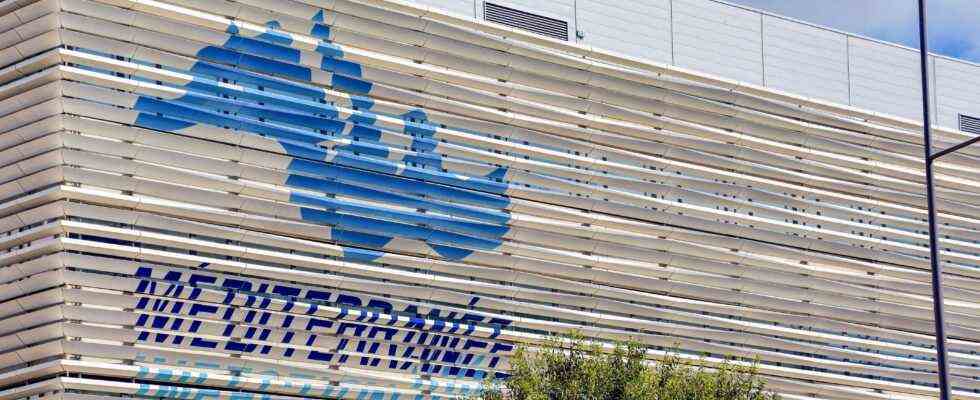It all started with a tweet from the IHU, this Marseille institute headed by Didier Raoult, published last December 9. “A new COVID-19 variant has been detected at the IHU Mediterranean Infection from patients of Forcalquier, writes the IHU. It was named the IHU variant and deposited on GISAID under the name B.1.640.2. “
A few weeks later, the IHU delivered a pre-publication on this so-called French variant. The text quickly creates concern in many Anglo-Saxon media, which highlight in particular the fact that this variant would present many mutations and would be linked to a large number of hospitalizations in the south of the country.
“The media machine got carried away”
So, dangerous, the variant deposited by the IHU? In a recent bulletin, dated January 5, Santé Publique France indicates that it has classified the 20A / C variant (B.1.640) as “variant to follow”. “This classification is due to the continued circulation in France and to preliminary in vitro data indicating a decrease in the effectiveness of neutralization by vaccine or postinfection antibodies and therefore a possible escape from the immune response”, justifies in its Public Health France bulletin. However, these results should be “interpreted with caution”, warns this same source, because “of the small number of subjects and sera analyzed”.
“The media machine got carried away and turned back just as quickly,” says Samuel Alizon, Director of Research at the CNRS and at the Institute for Research for Development (IRD). The IHU report is a pre-publication. These are therefore unassessed results. In other words, any team can post whatever it wants. For our part, when we tweet about such results, we add “not peer reviewed”, in order to clearly show that this only engages us and should be handled with infinite care. “
A variant which “is not new”
Moreover, for Samuel Alizon, this variant “is not new”, contrary to what the IHU may have suggested. “There are almost identical sequencing, from the same B.1.640.2 line, shared by the CEBRA laboratory on November 4, 2021”, recalls the researcher. “The line B1.640 has been identified since October November 2021”, abounds François Blanquart, CNRS researcher at the Interdisciplinary Center for Research in Biology.
“As illustrated by the ancient circulation of these sequences, their epidemic potential is limited because more than two months later they remain very rare, underlines Samuel Alizon. In short, this line has had time to emerge but it remains marginal. And we obviously know nothing about the virulence given the rarity of this line. “. “B1.640.2 is not increasing in frequency in France,” notes François Blanquart. Contacted, the IHU did not respond to our requests at the time of this writing.

